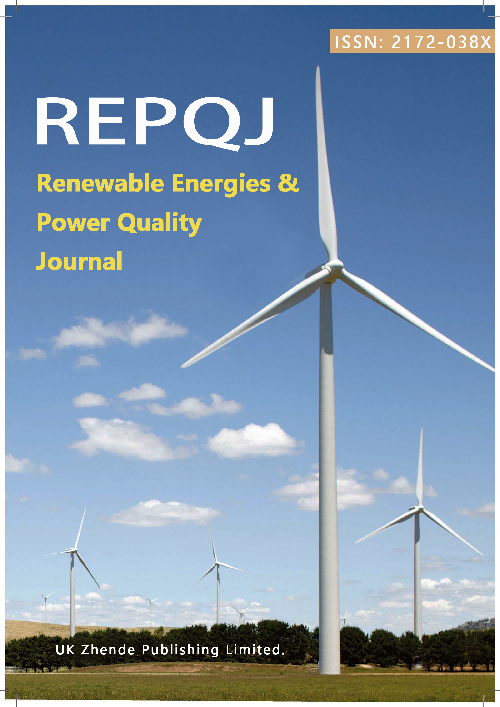Method for the identification of regulatory barriers to the integration of renewables in electricity systems. A case study.
DOI:
https://doi.org/10.52152/4545Keywords:
Energy planning, regulatory barriers, renewable energies, decarbonisation of electricity systemsAbstract
The European Union (EU) has set up a regulatoryframework aimed at maximizing the integration of renewables in the energy systems of its member countries for the purpose of decarbonisation, establishing a series of specific targets and time horizons. The regulatory framework that is established for the energy sector of each country will have a major influence onwhether the targets set are attained within the scheduled time horizon. An analytical method based on 5 stages is developed in this paper. In the different stages an analysis is made of the historical energy plans, their subsequent outcomes and the binding regulatory framework with the aim of identifying the possible regulatory barriers that might affect the large-scale integration of renewables in electricity systems and, hence, their decarbonisation. The method is applied to a case study of the electricity systems of the Canary Islands (Spain). It is concluded from the results of the study that the regulatory framework and its governance, especially in relation to remuneration schemes, have a decisive influence on the successful attainment of the targets that are set. It is also concluded that the negative impact on target achievement is drastically reduced when the regulatory framework is attractive, secure and flexible for investors.
Downloads
Published
Issue
Section
License
Copyright (c) 2025 C. Medina-Álvarez, S. Velázquez-Medina (Author)

This work is licensed under a Creative Commons Attribution 4.0 International License.











